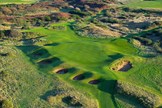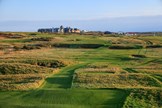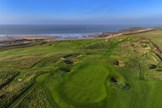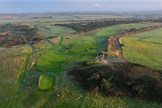Royal Porthcawl course guide: What’s in store for the Women’s Open stars?
Published:
As the AIG Women’s Open heads to Wales, our Royal Porthcawl course guide takes a look at each hole to see what the players will contend with…
World No.1 Nelly Korda and Charley Hull headline a world-class field as the final women’s major of the year heads to South Wales for the AIG Women’s Open.
The country’s finest championship layout, Royal Porthcawl, has been sitting tight for this opportunity for decades, and the wait will be worth it. The world’s leading golfers will tee up on this spectacular coastal venue for what promises to be a thrilling and memorable week of competition.
Royal Porthcawl was originally laid out in 1891 by Ramsay Hunter, a Scottish golf professional, and later refined by renowned architect Harry Colt in the early 20th century. Colt’s thoughtful redesign helped shape the course into the strategic and visually striking championship venue it is today.

Consistently ranked among the finest golf courses in the world, Royal Porthcawl is set upon a gentle slope that descends toward the coastline, offering a profound sense of space and tranquillity. Unlike traditional links courses, it is free from obstructive sand dunes, allowing for uninterrupted sea views from every hole.
- What does Mother Nature in store for Royal Porthcawl?
- Who is in the field for the 2025 AIG Women’s Open?
Royal Porthcawl has a proud legacy in elite golf, having hosted The Amateur Championship on seven occasions, the Walker Cup in 1995, the Curtis Cup in 1964, and the Senior Open presented by Rolex in 2014, 2017, and 2023.
Let’s take a look at what the players will have to contend with at the 2025 AIG Women’s Open…
Royal Porthcawl course guide
Hole 1 | Par‑4
A demanding opening hole that immediately tests precision and nerve. The coastal wind can complicate club selection, and the rolling green, which slopes from front to back, offers no easy start.
Hole 2 | Par‑4
This hole runs alongside the Bristol Channel, with hazards lurking to the left. A tee shot down the right is the safer play, setting up a short iron into a spacious, subtly contoured green.
Hole 3 | Par‑4
A leftward dogleg requiring a strong drive down the right-hand side to set up a good angle into a green that sits perilously close to the beach. Accuracy is vital, as anything off line could result in a penalty.
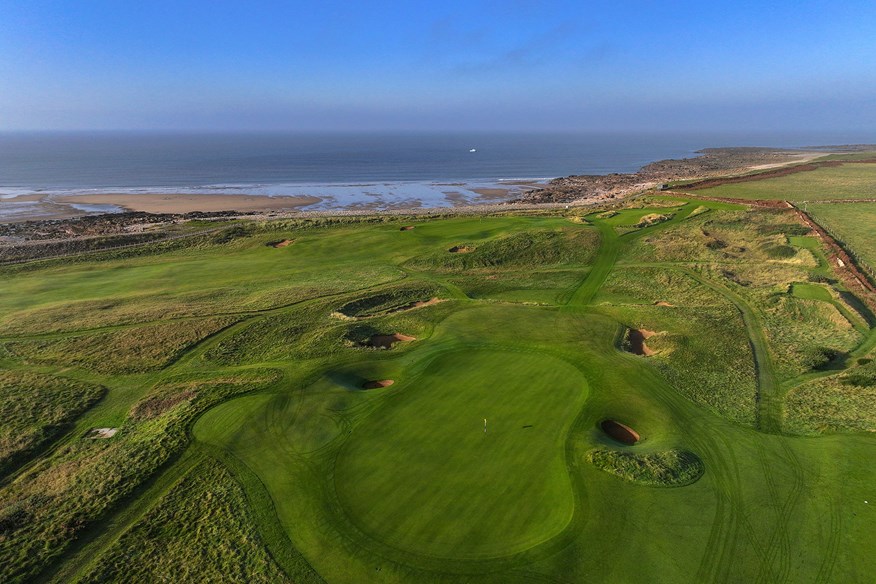
Hole 4 | Par‑4
Steer clear of the right-side bunker off the tee to leave a long, straight approach to a raised green flanked by bunkers. Trouble also looms left with the boundary and sea in play.
Hole 5 | Par‑3
After a quartet of par 4s that first drop down to the coastline and then track it, the par-3 5th marks the start of a climb inland to Royal Porthcawl’s high point around the turn. It is the longest short hole on the course, with a fiendishly narrow, four-terraced green protected by seven bunkers.
Hole 6 | Par‑5
A reachable par-5 with scoring potential, but danger awaits. Bunkers are scattered across the fairway, a water hazard guards the left, and a low wall near the green demands accuracy on approach.
Hole 7 | Par‑4
A tee shot aimed right opens up a better approach, but two cunningly placed bunkers guard the path to the green. The putting surface is further protected by sand on both the front left and back right.
Hole 8 | Par‑3
Weighing in at just a touch over 100 yards, Porthcawl’s 8th can lull you into a false sense of security. It appears at first glance to be just a simple flick of the wrists for an easy birdie chance. Until you notice the tiny green booby-trapped by bunkers. There is very real potential for everything from an ace to a triple bogey.
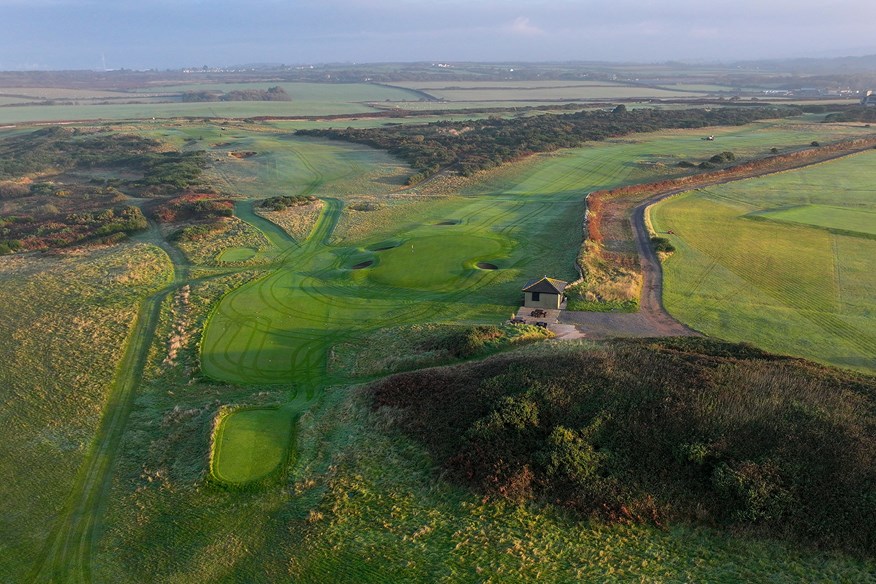
Hole 9 | Par‑5
This long, left-turning hole brings players back toward the sea. Layups must navigate two cross bunkers short of the green, while three more guard the right of the large putting surface.
Hole 10 | Par‑4
A generous fairway offers some relief, but the second shot is a true test. Players must land on a contoured green guarded by two flanking bunkers.
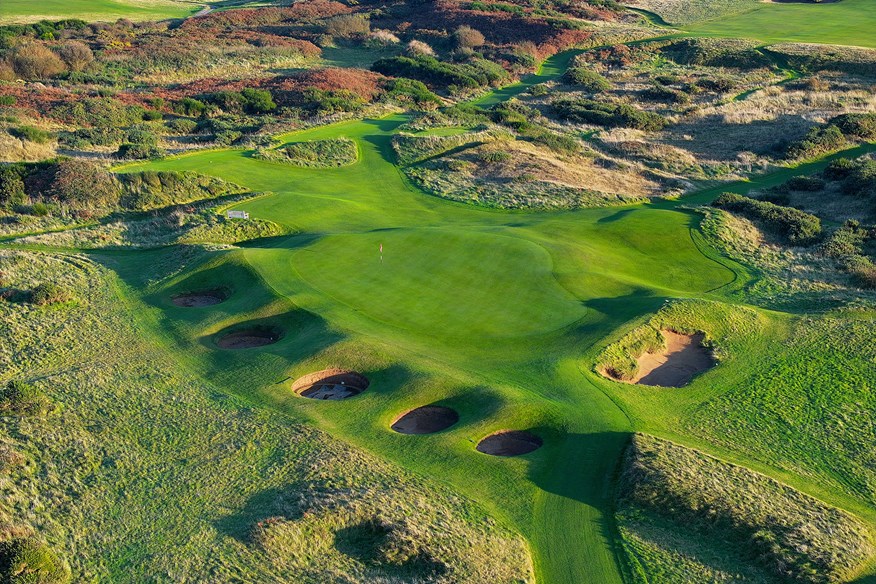
Hole 11 | Par‑4
With stunning views of the Bristol Channel from an elevated tee, this hole rewards a drive down the left to set up a clear shot into a long, narrow green surrounded by bunkers.
- How much will the winner take home from Royal Porthcawl?
- Charley Hull reveals her idea to tackle slow play, and it’s brutal
Hole 12 | Par‑3
A lengthy par-3 that plays into the prevailing wind. Most shots will favor the right side to avoid a punishing line of bunkers lying in wait to the left.
Hole 13 | Par‑5
A straight par-5 offering genuine birdie, and even eagle, chances for long hitters. A narrow fairway must be found to allow a bold second shot into a receptive green.
Hole 14 | Par‑4
A tricky dogleg where two grassy swales frame a narrow fairway. Approaches must be dialed in to avoid a well-guarded green, particularly the front-right bunker.
Hole 15 | Par‑3
A potential round-wrecker in tough conditions, this par-3 features a sloping green flanked by bunkers. A crosswind can make club choice and execution particularly difficult.
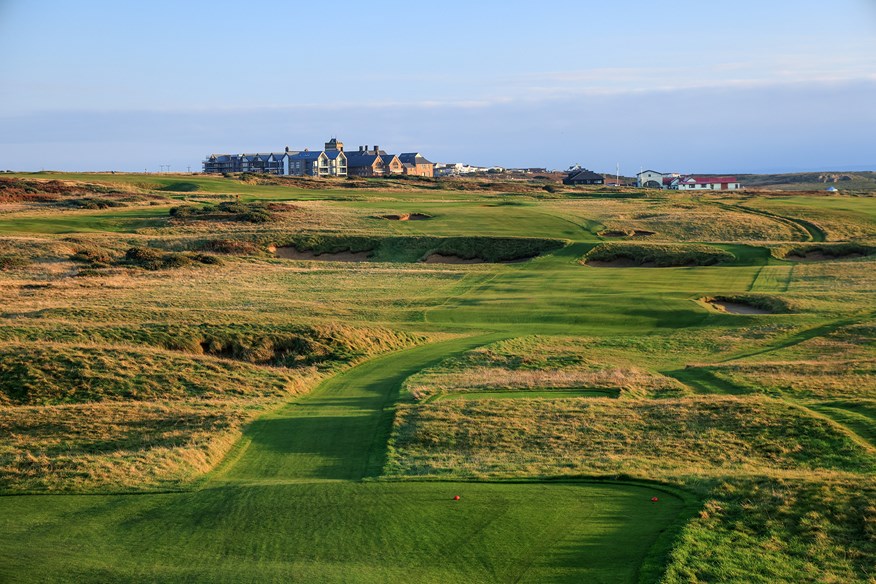
Hole 16 | Par‑4
Perhaps the only way to feel any sense of security over the closing holes at Royal Porthcawl is to build a double-digit lead. The view from the 16th tee box is the finest on the course, but the shot itself is among the toughest.
Hole 17 | Par‑4
The 16th usually plays into the prevailing wind, but 17 plays in the opposite direction. That means that one way or another, there should be a blustery sting in the tail to this Championship. The tee shot must avoid cross bunkers, setting up an approach to a raised and slightly blind putting surface.
Hole 18 | Par‑5
The Championship field will be playing the members’ 17th hole to close and it will be a ferocious test or birdie opportunity, depending on which way and how hard the wind is blowing. The blind drive calls to mind Royal County Down, the approach needing to be unerringly accurate to offer a chance of breaking par.



